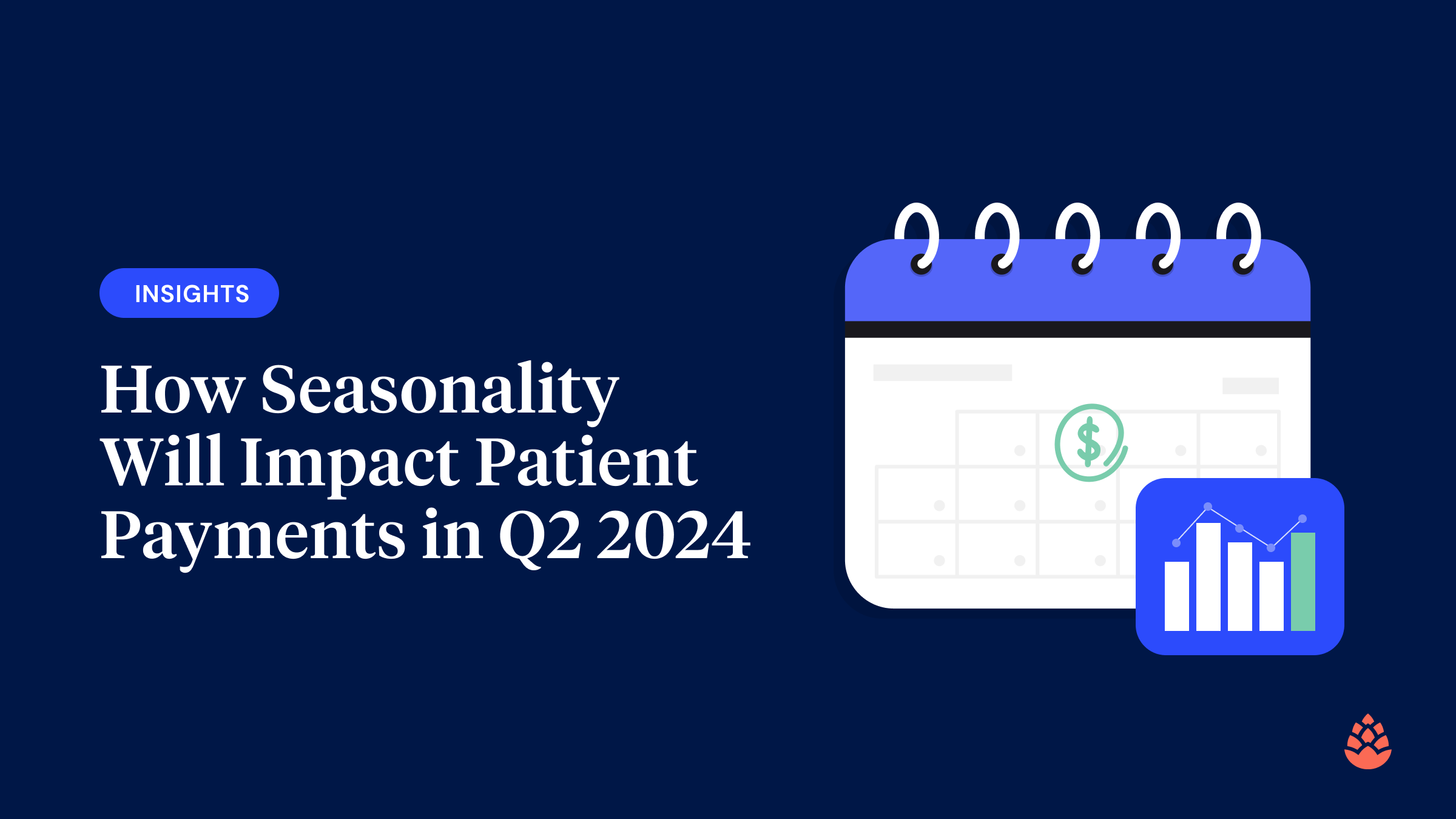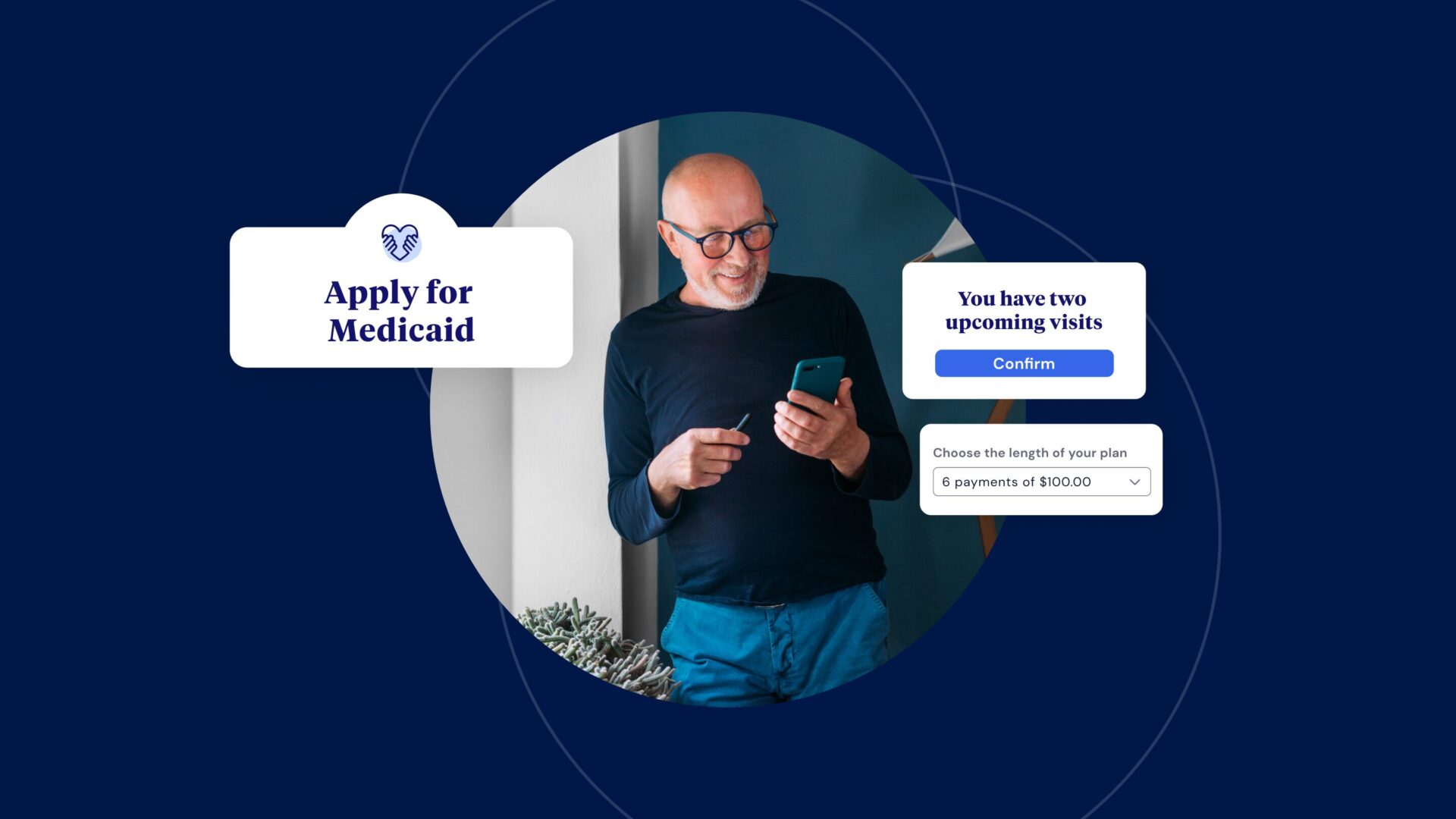The relationship between healthcare providers and payers traditionally gets cast in a negative light, full of conflicting interests, tensions, misconceptions and mistrust. These barriers leave consumers and patients caught in the middle—almost three-quarters of consumers find reconciling a billing issue between their payer and provider stressful—resulting in delayed or neglected care.
But over the last few years, the relationship has changed. Those conflicting interests may be more of a myth. Because as patients expect more seamless digital experiences, providers and payers are taking big strides to collaborate and change those preconceived notions.
At the Cedar client summit, this topic led to a lot of important discussions by individuals on both sides of the equation.
“We hear so often, ‘I no longer just go to the doctor. I want a seamless healthcare experience, digitally integrated with my lifestyle,’” said Kim Sullivan, the chief revenue cycle officer for Providence St. Joseph Health. “They receive that digital integration from Netflix and Amazon and Uber, companies that are leading the way. We need to excel both in the digital space as well as offering that human compassion when our patients are at their most vulnerable.”
According to a survey of more than 80 providers and health plans, 94% of respondents indicated that they believe collaboration between payers and providers is a key determinant of success. The interesting thing is that payers and providers often share common goals: high-quality care, better patient engagement and outcomes, a more consumer-centric experience, and achieving cost savings and revenue goals.
It’s no longer true that payers and providers are suspicious that what benefits one is bad for the other. Providers can achieve healthy profit margins while payers reduce costs, and vice versa. Plus, solid payer-provider communication produces a patient and consumer experience that meets (or even exceeds) their needs. At Providence, “payers and providers are absolutely aligned on our goals to improve the healthcare experience for all,” Sullivan said.
Ric Magnusson, executive vice president and chief financial officer at Allina Health, found that the pandemic compelled his organization to work harmoniously with payers in ways they had never imagined—and it worked. “It’s really a philosophical change around how we can partner together, and how we can work together,” he said. “We think it’s the right thing for the communities we serve.”
So what are the keys to a successful relationship between providers and payers?
Here are three essential steps:
1. Focusing on communication (doing it better and more often)
2. Sharing data and reducing administrative waste (improving interoperability)
3. Finding ways to support one another to achieve common goals (such as better price transparency)
When payers and providers work collaboratively to elevate the other, everybody wins—including patients and consumers. When they’re happy, everyone is happy. And by joining forces,payer and provider organizations can reduce financial risks and increase profitability.
“There are a lot of commonalities we can navigate together,” said Eric Larson, president of the Advisory Board Company, a best practices firm devoted to improving the performance of health care organizations around the world. The future, he says, lies in working collaboratively at “the intersection of compassion and innovation.”
Originally published November 11, 2021; Updated September 15, 2023



